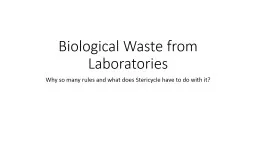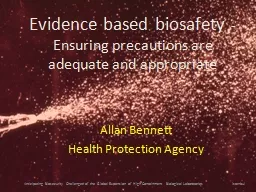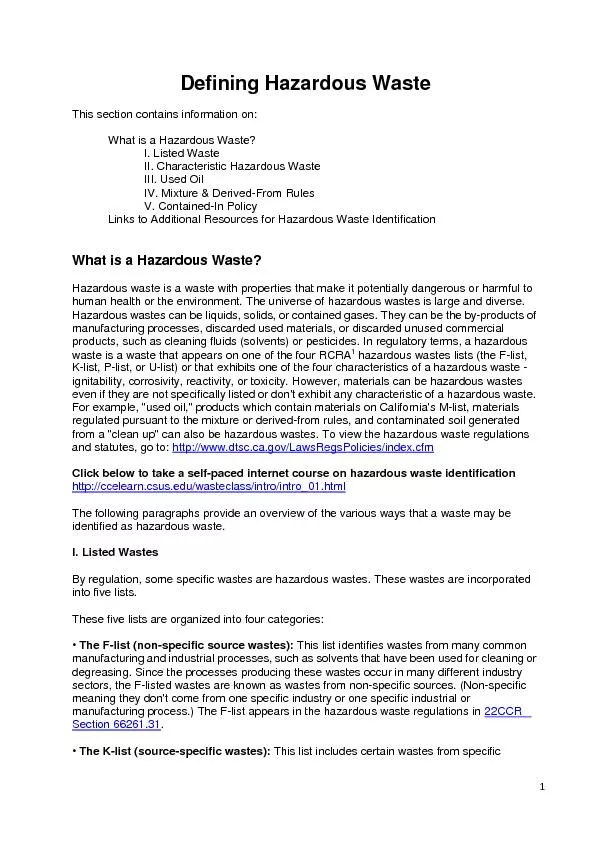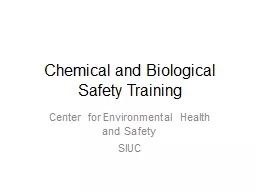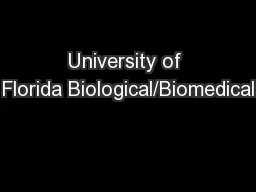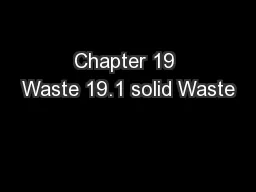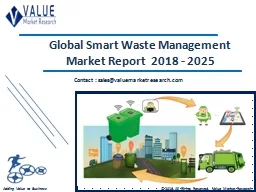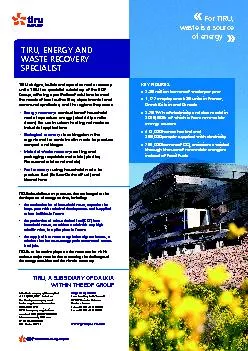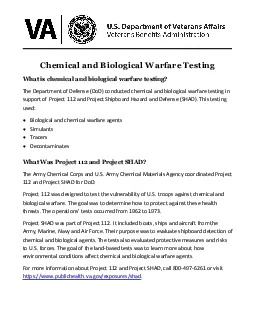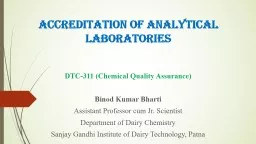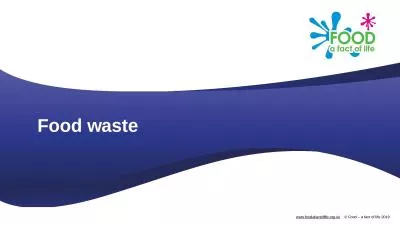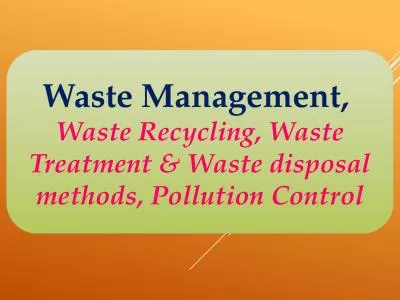PPT-Biological Waste from Laboratories
Author : alida-meadow | Published Date : 2018-11-02
Why so many rules and what does Stericycle have to do with it Yes Your lab waste is regulated MA state regulation 105 CMR 480000 Human blood and materials contaminated
Presentation Embed Code
Download Presentation
Download Presentation The PPT/PDF document "Biological Waste from Laboratories" is the property of its rightful owner. Permission is granted to download and print the materials on this website for personal, non-commercial use only, and to display it on your personal computer provided you do not modify the materials and that you retain all copyright notices contained in the materials. By downloading content from our website, you accept the terms of this agreement.
Biological Waste from Laboratories: Transcript
Download Rules Of Document
"Biological Waste from Laboratories"The content belongs to its owner. You may download and print it for personal use, without modification, and keep all copyright notices. By downloading, you agree to these terms.
Related Documents

